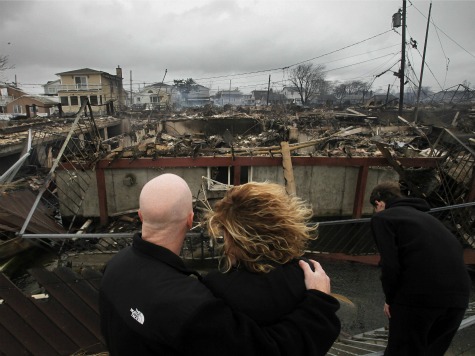The New York City Housing Authority (NYCHA) is responsible for legions of buildings housing tens of thousands of residents, and it failed to adequately provide for many of those in its care in the aftermath of Hurricane Sandy.
When FEMA workers started to worry about the dearth of people signing up for federal aid despite the magnitude of Sandy’s damage, they began to investigate. Three weeks after the storm hit, they discovered that scores of residents were at risk but unaccounted for, whether from being elderly or disabled with special needs.
Over 400 NYCHA buildings lost power from the storm, putting 77,000 people through tremendous stress. Some of those buildings lost heat and hot water. New York City used volunteers to find out which residents were endangered because the city was unprepared for the storm’s aftermath.
Those in charge acted as if the problems were going to be solved much more quickly than it turned out; on November 9, Mayor Michael R. Bloomberg said, “By tonight or tomorrow, every one of their buildings will have electricity and by early next week they will all have heat. So that’s a group that we did have to worry about but now do not have to worry about.”
He had already said on November 5, “We may be able to surprise everybody over the next two, three, four days and get everybody, or almost everybody, back.”
Bloomberg’s estimate was one week short. John Rhea, the housing authority chairman, protested that whatever the hardships were, the residents under the aegis of the Authority did better than those in privately-owned buildings.
Robert K. Steel, Bloomberg’s deputy mayor and responsible for the housing authority, said, “If you make a list of 1,000 things we did — we did not do a thousand perfect. Should we try to learn from this? Sure.”
Howard Wolfson, also a deputy mayor under Bloomberg, charged that it was the residents’ fault for not heeding evacuation orders:
We called for mandatory evacuation. We did not do that assuming that the flood would reach someone on the 10th floor of a building — we did that because of some concern that there could well be outages of power, heat and water. Our hope, expectation and goal is people would leave these buildings.
Bloomberg waited until November 9 to accelerate the efforts to find and help the tenants in the buildings that had been hit, calling in the National Guard to help.

COMMENTS
Please let us know if you're having issues with commenting.